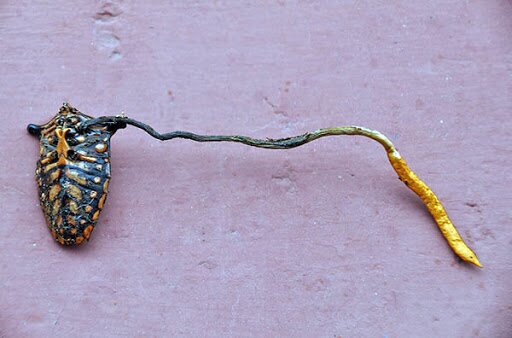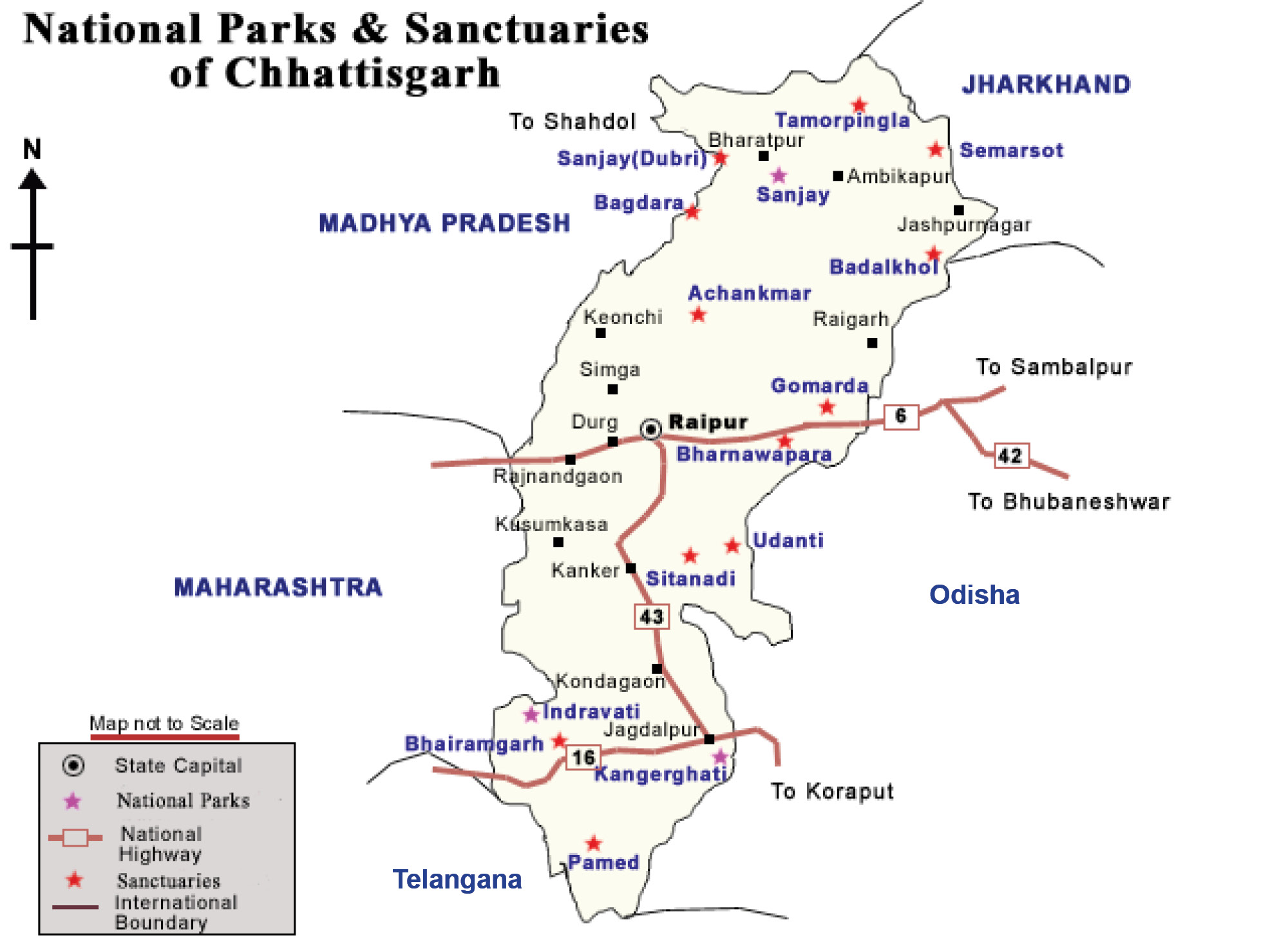Biodiversity & Environment
Ophiocordyceps Nutans Fungi
- 11 Jul 2020
- 3 min read
Why in News
Recently, researchers have found Ophiocordyceps nutans (fungi) for the first time in central India, while setting out on a plant survey at the Kanger Valley National Park in Bastar, Chhattisgarh.
- Earlier, these have been reported in India only from the Western Ghats.
Key Points
- Ophiocordyceps nutans host on a specific insect, Halyomorpha halys.
- Halyomorpha halys is commonly known as the stink bug and is a pest to forest trees and agricultural crops.
- The stink bug is known to damage the flower and fruits of soybean, green beans, apple, pear, etc.
- Mechanism:

- The fungi infect the insect when alive and develop fungal mycelium (the vegetative part of a fungus) inside its thorax (chest).
- The spores (single-celled reproductive units) sprout out from between the insect’s thorax and head, killing the insect but it continues to take nutrition from the dead body.
- The fungi are very host-specific, so the spores travel and infect stink bugs only.
- Importance:
- Studies have shown that these fungi can be used as a biological pest control agent against the stink bugs.
- Exploring these fungi as a pesticide will help reduce the harmful effect of chemicals in fields.
- Several species of the Ophiocordyceps fungi have medicinal properties.
- Reports show that China has been traditionally using it.
- In the Western Ghats, the local people use these fungi as an immune stimulator.
- These are rich in biologically active metabolites, vitamin C, phenolic compounds (disinfectant in household cleaners), and also have anti-inflammatory and antioxidant properties.
- Scientists claim that it contains a component called ‘cordycepin’ which has anti-cancer properties.
- Studies have shown that these fungi can be used as a biological pest control agent against the stink bugs.
Kanger Valley National Park
- It derives its name from the Kanger River, which flows centrally from northwest to southeast direction. Kanger River is among one of the very few perennial rivers of Bastar.
- Kanger Valley got the status of a national park in 1982.
- With a total area of 200 sq. km., the park is a typical mixed humid deciduous type of forest, in which the Sal, Saugaun, teak and bamboo trees are available in abundance.
- The most popular species in this area is the state bird of Chattisgarh, Bastar Hill Myna which is capable of emulating the human voices. The forest is home to other migrant and resident birds as well.
- The park is home to three exceptional caves, Kutumbasar, Kailash and Dandak, famous for their geological structures of stalagmites and stalactites. It is also known for the presence of underground limestone caves.







